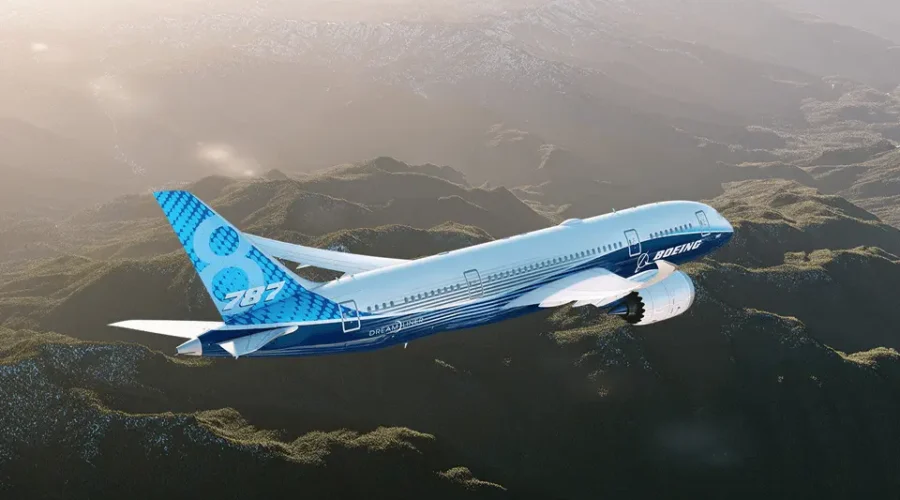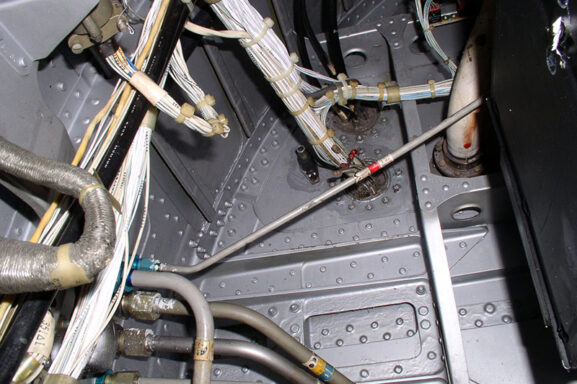Boeing 787 Dreamliner: Statistically a Safe Mode of Air Transportation
Despite the Air India AI171 Crash, the B787 Remains One of the Safest Aircraft Ever Built
The aviation world was shaken by the tragic Air India Flight AI171 crash in June 2025. As investigators uncover the factors behind the incident, one fact remains clear: the Boeing 787 Dreamliner still stands as one of the safest aircraft in operation today.
A Decade of Safe Skies
Launched into commercial service in October 2011, the Boeing 787 was designed with cutting-edge safety, fuel efficiency, and passenger comfort in mind. More than 1,189 aircraft have been built and delivered to over 60 airlines worldwide as of May 2025. Until the AI171 crash, the Dreamliner had an impeccable record of zero fatal accidents involving a hull loss.
This safety streak is significant, considering the aircraft has logged millions of flight hours, transporting billions of passengers globally. When viewed in context, the crash rate of the Boeing 787 remains well below the industry average, particularly for wide-body long-haul aircraft.
What Makes the B787 Safe?
The 787 is built with a composite fuselage, lighter materials, and advanced avionics. It’s equipped with dual redundant flight systems, sophisticated lightning protection, and fly-by-wire controls. Engine options from GE and Rolls-Royce offer reliable thrust with advanced monitoring systems.
Moreover, the Dreamliner underwent rigorous testing, including crash simulations and pressure overload evaluations. When the FAA grounded the fleet in 2013 due to lithium-ion battery issues, Boeing responded swiftly with design improvements, showing the aviation community its commitment to safety and innovation.
Not Immune, But Exceptional
The recent Air India AI171 tragedy marks the first major hull-loss accident for the 787 family since its inception. While any accident demands serious investigation and accountability, it’s crucial to acknowledge that no aircraft is entirely immune to rare incidents. What defines safety in aviation is not the absence of risk—but the low frequency and swift resolution of problems.
Even with this one incident, the 787’s accident rate still places it among the top-tier safest airliners, especially when compared to earlier-generation aircraft.
Data Doesn’t Lie
Statistically, the Boeing 787 has an accident rate of approximately 0.084 per million departures—an extraordinary figure in commercial aviation. For comparison, older wide-body jets such as the DC-10 or early Boeing 747 variants had significantly higher incident rates in their first decade of service.
This means that despite the shock of AI171, the Dreamliner continues to be a trusted and safe mode of air travel, reinforced by extensive operational data.
A Future-Ready Airliner
Boeing’s heavy investment—over $32 billion—into the Dreamliner program reflects its strategic importance in modern aviation. The 787 is not just a safer aircraft; it’s also greener, burning 20% less fuel than its predecessor, the Boeing 767.
Its environmental and operational performance, coupled with high dispatch reliability (over 99% in recent years), continues to make it a favorite among major airlines such as All Nippon Airways, Qatar Airways, United Airlines, and British Airways.
Public Perception vs. Reality
News coverage of aviation accidents often intensifies public anxiety. However, as with previous incidents involving the safest planes (e.g., Airbus A350, Boeing 777), public perception can overshadow statistical reality. The B787 remains one of the most advanced and rigorously tested aircraft to date.
As investigators work through the AI171 case, it’s vital for the public to remain informed, not fearful. Aviation authorities, manufacturers, and airlines have a long-standing culture of learning and improvement from each incident.
One crash—while tragic—does not erase the Dreamliner’s 14 years of outstanding performance. The Boeing 787 remains a symbol of aviation safety, efficiency, and progress. As more data becomes available on AI171, passengers can take comfort in knowing that statistically, they’re still flying on one of the safest aircraft ever made.



